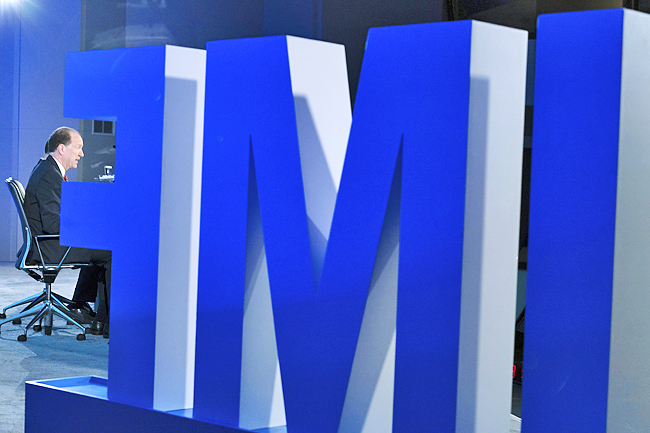COLOMBO (AFP) – Crisis-hit Sri Lanka cut interest rates by 100 basis points yesterday as the second instalment of an International Monetary Fund (IMF) bailout was held up after the government missed several loan conditions.
The Central Bank of Sri Lanka (CBSL) said it reduced the benchmark lending rate to 11 per cent as year-on-year inflation fell sharply last month to 1.3 per cent, compared to a peak of nearly 70 per cent a year earlier.
The latest policy rate reduction came as the government failed to secure the second tranche of USD330 million out of the USD2.9 billion four-year bailout agreed with the IMF in March.
Colombo had hoped to get the second instalment last month after the first review of the IMF programme.
However, the international lender noted that Sri Lanka had, fallen short of the agreed revenue targets and needed to increase tax collection.

Sri Lanka was also yet to finalise a restructuring plan with its private and bilateral lenders after defaulting on its USD46 billion external debt in April last year.
CBSL said it hoped the latest rate cut, which comes on top of two in June and July, would help revive the economy.
“The financial sector is urged to pass on the benefits of the continued easing of monetary conditions to individuals and businesses adequately and swiftly, thereby supporting the envisaged rebound of the economy,” the bank said.
The IMF said last week that Sri Lanka’s economy had shown early signs of stabilisation, but recovery was “not yet assured”.
Last year, Sri Lanka ran out of cash to pay for even the most essential imports, leading to shortages of food, fuel and medicines.
The nation’s worst economic crisis also forced then-president Gotabaya Rajapaksa to step down after months of protests over corruption and mismanagement.
As the economic crisis worsened, the CBSL began raising rates from early 2022 with a record seven-per centage-point hike in April last year.
The lending rates peaked at 16.5 per cent in March and have since been reduced gradually.






